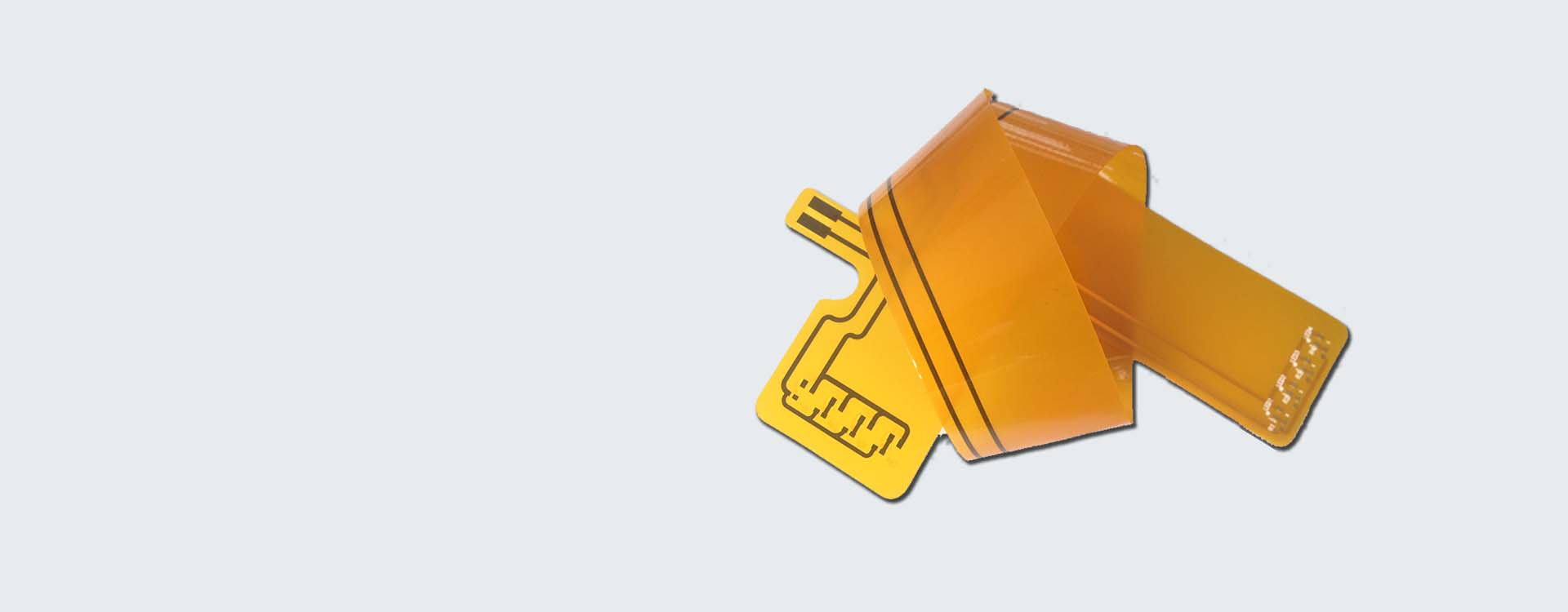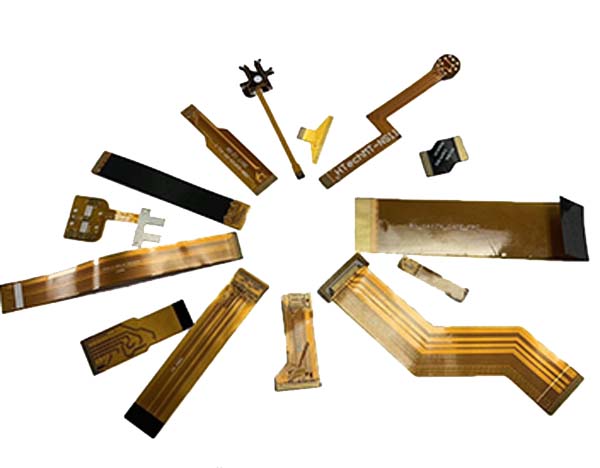Flex pcb connector types
While a well-designed flexible circuit will eliminate many connectors, ultimately most flexible circuits need to connect to something.
Probably the most common entity that a flex circuit connects to is a rigid printed circuit board,
but cable harnesses, polyester membrane switches, and even other flex circuits are also possible connection partners.
The connection is usually done by a hardware device with the purpose of providing electrical and mechanical connection.
The connection must interface to both entities, although the specific mode of connection may be different.
For example, a connector may have posts that insert into the vias on a circuit board,
while simple insertion may be used for a flex tail with zero insertion force (ZIF) connection.
There are thousands of different types of connectors for just about every conceivable combination of pitch,
connection angle, material, number of connection points, and type of connection.
There are companies that will design and fabricate custom connectors for your exact needs.

The thousands of different types of connectors often can be categorized as some of the following types:
- Zero Insertion Force (ZIF):
- ZIF connectors require very little force for initial insertion;
there is usually a latch, slide or lever that clamps down on the traces to provide a durable, robust connection. - ZIF connectors allow a circuit to be inserted and removed multiple times with very little mechanical wear on the traces.
- Mechanical Crimp: A mechanical crimping connector physically pierces through the dielectric and conductor to make a connection.
- Solder Attached: This includes both through-hole connectors and surface mount connectors.
The connector mates to pads or vias in the flexible circuit and is soldered for the electrical-mechanical connection.
This type of connector includes circular connectors, D Subminiature connectors, pin and socket connectors. - Z-Axis: A z-axis connector is made out of a special isomeric material that conducts electrical current in only one direction.
Z- Axis connectors come in strips and do not need special a configuration to match the conductor pitch of the traces. - Insertion connectors: Unlike ZIF, these insertion devices require a fair amount of force to insert and will significantly scratch or mar the conductor surface if pulled out.
- These connectors are low-cost and effective for single insertion applications.
- Sculptured (unsupported): Copper traces extend out to provide termination points.
- Sculptured circuits essentially have the terminals fabricated right into the flex. Selective plating and etching are used to “beef up” the terminal finger.
There are a number of reliable connector suppliers that can help you with your connector requirements.
Your flex circuit supplier may also be able to advise you on the best choices for connector hardware to meet your requirements.

1. FFC/FPC connectors: These connectors are used to connect flexible flat cables (FFC) or flexible printed circuits (FPC) to a PCB.
They are available in various pitches and orientations.
2. Board-to-board connectors: These connectors are used to connect two PCBs together.
They come in various pitches and orientations, and can be either vertical or horizontal.
3. ZIF connectors: Zero insertion force (ZIF) connectors are used to connect FFC/FPCs to a PCB.
They have a mechanism that allows the cable to be inserted and removed without applying any force.
4. SMT connectors: Surface mount technology (SMT) connectors are mounted directly onto the surface of a PCB.
They are available in various sizes and orientations.
5. Wire-to-board connectors: These connectors are used to connect wires to a PCB.
They come in various pitches and orientations, and can be either vertical or horizontal.
6. IDC connectors: Insulation displacement connectors (IDC) are used to connect flat cables to a PCB.
They have a mechanism that allows the cable to be inserted and clamped onto the connector without stripping the insulation.
7. Card edge connectors: These connectors are used to connect a PCB to a card or edge connector.
They are available in various pitches and orientations.
Other PCB products, you may interesting









